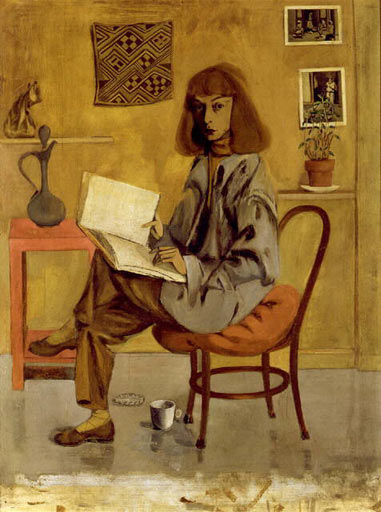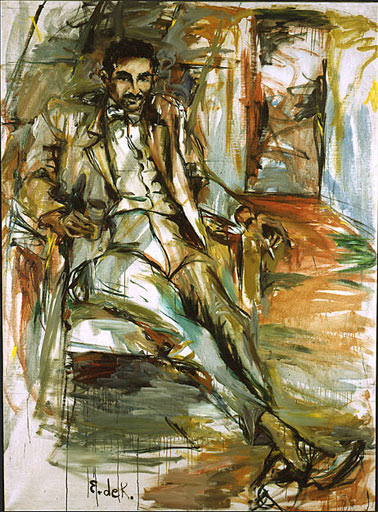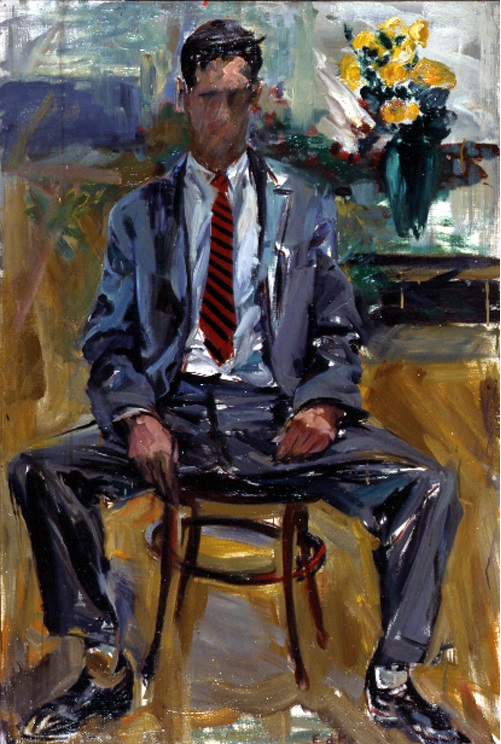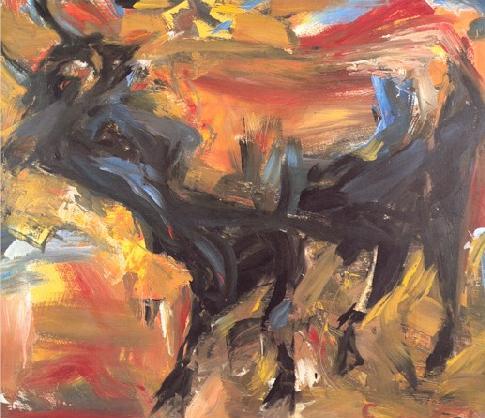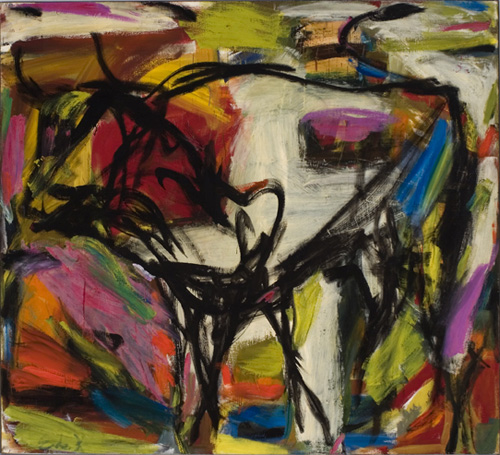<Back to Index>
- Painter Robert Beauchamp, 1923
- Painter Elaine de Kooning, 1918
PAGE SPONSOR

Robert Beauchamp (1923 – March 1995) was an American figurative painter and arts educator. Beauchamp's paintings and drawings are known for depicting dramatic creatures and figures with expressionistic colors. His work was described in the New York Times as being "both frightening and amusing". He was a Guggenheim Fellow and a student of Hans Hofmann.
Robert Beauchamp was born in Denver, Colorado, in 1923. He had three brothers and three sisters, and the children were orphaned by both parents by the time Beauchamp was three. The family grew up impoverished due to the Great Depression, living in a community house with other families. As a child he dabbled in art but it wasn't until high school that he began taking art classes. When not creating art he also played sports; football and basketball, and enjoyed chemistry and geology.
He was told he was good at drawing, and replaced study hall classes with art classes, receiving instruction and inspiration from a Welsh teacher named R. Idris Thomas. While in high school Beauchamp would go, every Monday, to the public library and a local museum where he would read books about art; specifically French painting, as assigned by Thomas. Beauchamp would spend upwards of four hours a day in the art room and eventually won the Carter Memorial Prize, which provided a scholarship to the Colorado Springs Fine Arts Center. At Colorado Springs he studied under Boardman Robinson, painting landscapes in nature.
Beauchamp eventually joined the Navy and then returned to Colorado Springs to continue his studies. Traveling the world as an Armed Guard,
he spent a year and a half at sea and the rest of the three years in
San Francisco. Seeking to make money, and to follow his love for a girl,
Beauchamp decided to attend Cranbrook Academy of Art from 1947 – 1948. There he studied pottery,
believing one could "make more money selling pots than you could
selling paintings." He described his experience at Cranbrook as
intimidating and claustrophobic, and eventually switched to sculpture before switching to painting.
Beauchamp moved to New York City in the early 1950s and was involved in the Tenth Street galleries, which provided outlets for more experimental artists and the second generation of abstract expressionists. Despite his involvement with 10th Street and friendships with abstract artists, abstract art never interested him. He showed at numerous galleries in New York and Provincetown, socializing with gallery owners, artists and collectors. His first exhibition was at the Tanager Gallery in New York, he also showed during the 1950s at the Hansa Gallery. In New York and Provincetown he studied under Hans Hofmann. Eventually he felt that abstract expressionism became dull and stalemated.
During the 1960s he showed at the Green Gallery. C. 1960 he was awarded a Fulbright Award allowing him to travel to La Romola, Italy.
He traveled frequently to cities such as Rome and worked constantly.
Beauchamp returned to the states and lived in Provincetown at Walter
Gutman's house, who awarded Beauchamp a grant. That year he met his
future wife, Nadine Valenti, whom he married in 1967. Beauchamp taught at a variety of schools during his lifetime including Brooklyn College, School of Visual Arts, Cooper Union and the Art Students League of New York during the last fifteen years of his life. Beauchamp died in March, 1995, of prostate cancer in New York.
Beauchamp described his drawings as painterly, seeking the spontaneity in an image. He would develop a drawing then a painting, and vice versa. His heavily impastoed paintings, often described as sculptures themselves, came from the pouring of paint from a can, with little planning and constant evolution in the medium upon the canvas. He preferred little planning to his creations, believing that an artist's work would become stale and repetitive with constant planning.
He also created large scale works, at times 70 inches long. Beauchamp had little intention of ever selling his large works, preferring to create them due to the slow and intense experience he received from the process. The large drawings he created on the floor, and the smaller works were created on a table. Paintings were created on either the floor or wall and he described his painting process as "splattering", "pushing the paint around," and sponging.
Animals often appear in his paintings, despite a dislike for domestic animals outside of his artistic creations. He called the characters in his paintings as Beauchamps. Some Beauchamps hold meaning, with Beauchamp rarely sharing the meaning behind the symbols and characters. He made up the creatures himself, seeking to emphasize the character of each.
In 2006 the University of Massachusetts Amherst
College of Visual & Performing Arts hosted an exhibition of
Beauchamp's pieces from the 1960s, curators stated that Beauchamp's
work: "effortlessly blends innovative style elements with narrative,
descriptive images. One senses equal enjoyment in the manipulation of,
and interaction with, color and paint, and the often sudden and
unexpected presence of a wasp or a lump of sugar."
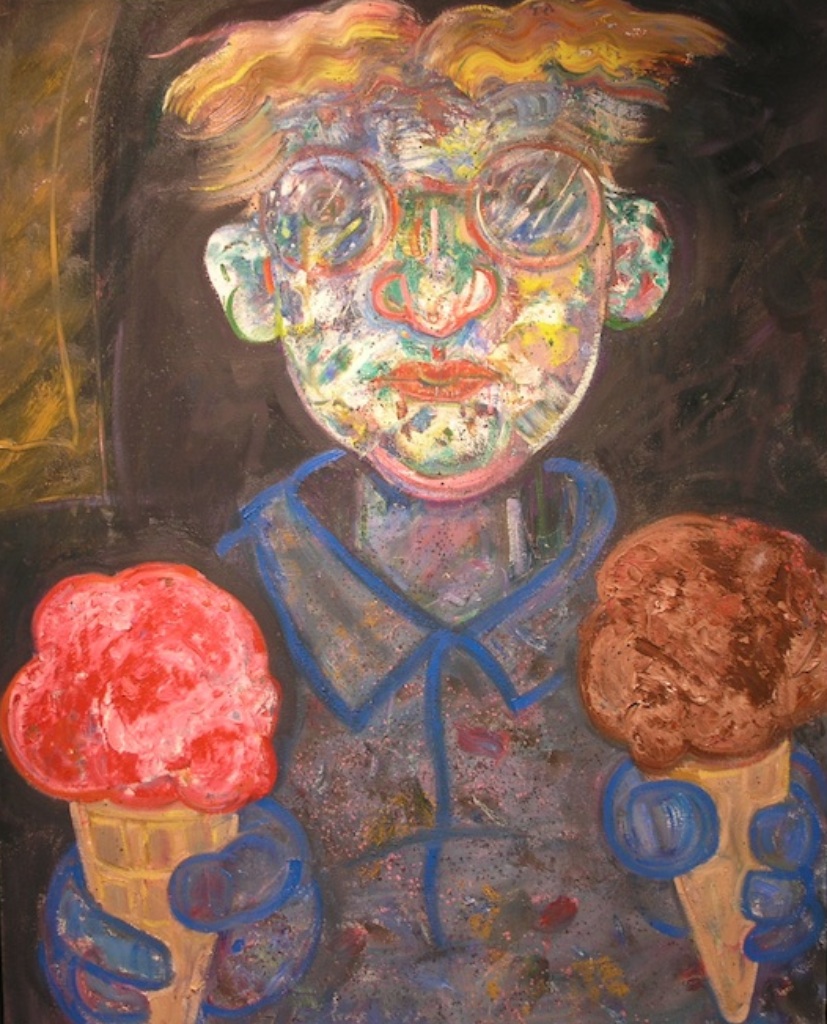
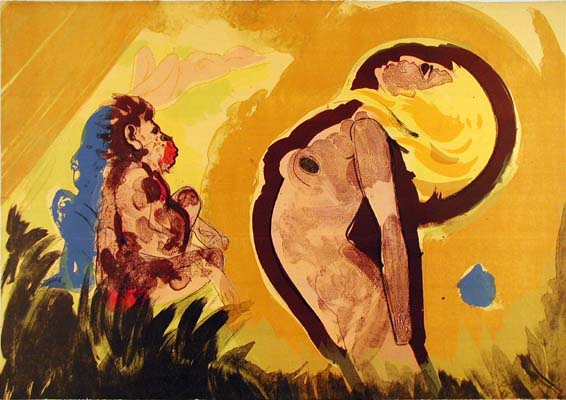
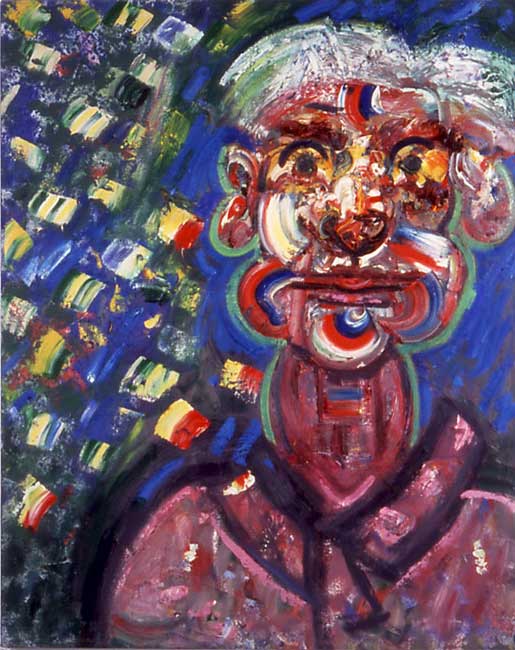
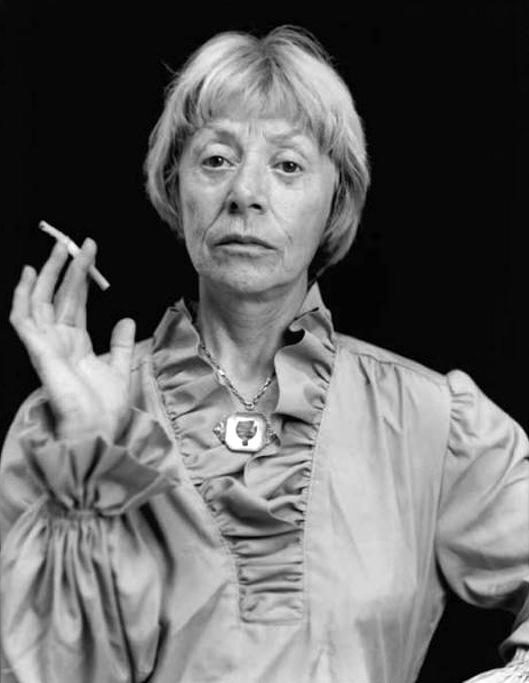
Elaine de Kooning (March 12, 1918 / 1920 – February 1, 1989) was an Abstract Expressionist, Figurative Expressionist painter in the post - World War II era and editorial associate for Art News magazine. On December 9, 1943, she married artist Willem de Kooning, who was a highly influential artist in the Abstract Expressionism movement.
She was born Elaine Marie Catherine Fried in 1918 (she later gave her birth year as 1920) in Brooklyn, New York. The oldest of four children born to Charles Frank Fried and Mary Ellen O'Brien Fried, she was raised in the Sheepshead Bay section of Brooklyn. Her artistic sensibility was encouraged by her mother, who took her to museums and taught her to draw what she saw. After graduating from Erasmus Hall High School, then brief studies at Hunter College in New York City, in 1937 she attended the Leonardo da Vinci Art School, Hoboken, New Jersey. In 1938 she went on to study at the American Artists School in New York City.
She stated:
Elaine de Kooning died on February 1, 1989, in Southampton, New York, a year after having a lung removed due to lung cancer. Willem de Kooning, who was never officially diagnosed with Alzheimer's but nonetheless reported to have had the disease, was told in the summer of 1989 that his wife had died.A painting to me is primarily a verb, not a noun, an event first and only secondarily an image.
